The Livingstone Museum, with its name alone, celebrates the hero par excellence of Zambia, the one to whom the city that hosts it is also dedicated. Before understanding this museum, therefore, it is good to understand who David Livingstone was.
Born in 1813 in Scotland, Livingstone studied as a doctor with the idea of going on a mission to Asia. About to leave for those destinations, due to the Opium Wars he had to change plans. Instead, he arrived in southern Africa in 1841 and began his own missionary work. As Livingstone travelled to evangelize and heal people, he fell in love with the territory and began exploring it. He was the first European to see the falls on the Zambezi River which he dedicated to the British queen, Victoria, and named Victoria Falls. It is also known by one of its local names, Mosi-o-tunya.
Furthermore, before dying of malaria in 1873, he discovered the springs of the Congo River, mapped the course of the Zambezi and crossed Africa from Angola to Mozambique. The city of Livingstone, today a landmark in the region of the famous waterfalls, was dedicated to him. The Livingstone Museum is the oldest museum in Zambia, in fact it was founded in 1934 first to preserve Zambian culture and later as a Memorial to David Livingstone. It is also the largest museum in Zambia and today provides interesting facts about the Country’s history, culture and nature.
Discovering the Livingstone Museum
The Livingstone Museum is located on Mosi-o-Tunya Road, Livingstone. The building includes 6 exhibition galleries, a library with about 6,000 volumes, laboratories, conference rooms, shops and a restaurant.
Each gallery deals with a different theme: archaeology, ethnography, natural history, history of Zambia and David Livingstone. There is also a gallery for temporary exhibitions. Among the many temporary exhibitions that have been organized are exhibitions on the history of football in Zambia, on climate change, witchcraft, toys, forest conservation and also on waste management!
The museum often organizes cultural and school events, also welcoming researchers in fields such as archaeology and history from all over the world.
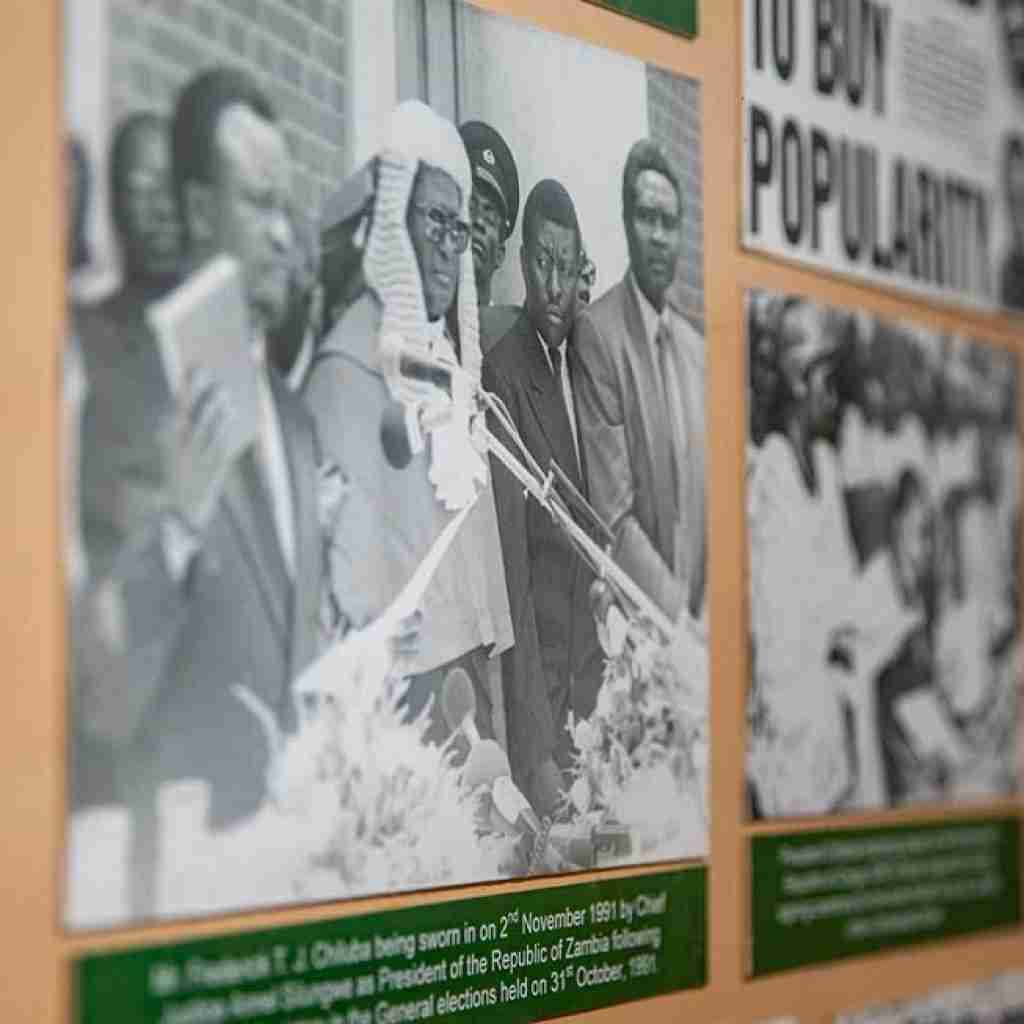 The galleries of the Livingstone Museum
The galleries of the Livingstone Museum
The Archaeological Gallery focuses above all on Prehistory, exhibiting the many finds of stone objects from excavations throughout the country. Also exhibited here are objects in copper, iron, ceramics as well as some human skeletons.
The Ethnographic Gallery is perhaps the most important sector. The various exhibitions tell the life and characteristics of the local tribes and cultures, before, during and after the European colonization. Its inner section dedicated to traditional rituals and festivals is also very suggestive.
The Natural History Gallery exhibits a selection of Zambian wildlife and emphasizes the importance of conserving it.
The History Gallery traces human events in the territory of Zambia. From the first tribes to the present day, passing through colonization and independence.
David Livingstone Gallery is dedicated to the great explorer Livingstone including letters, photos, maps and other items that Livingstone gathered during his explorations.
The Temporary Exhibition Gallery is used for exhibitions on various topics of interest or to celebrate specific events.
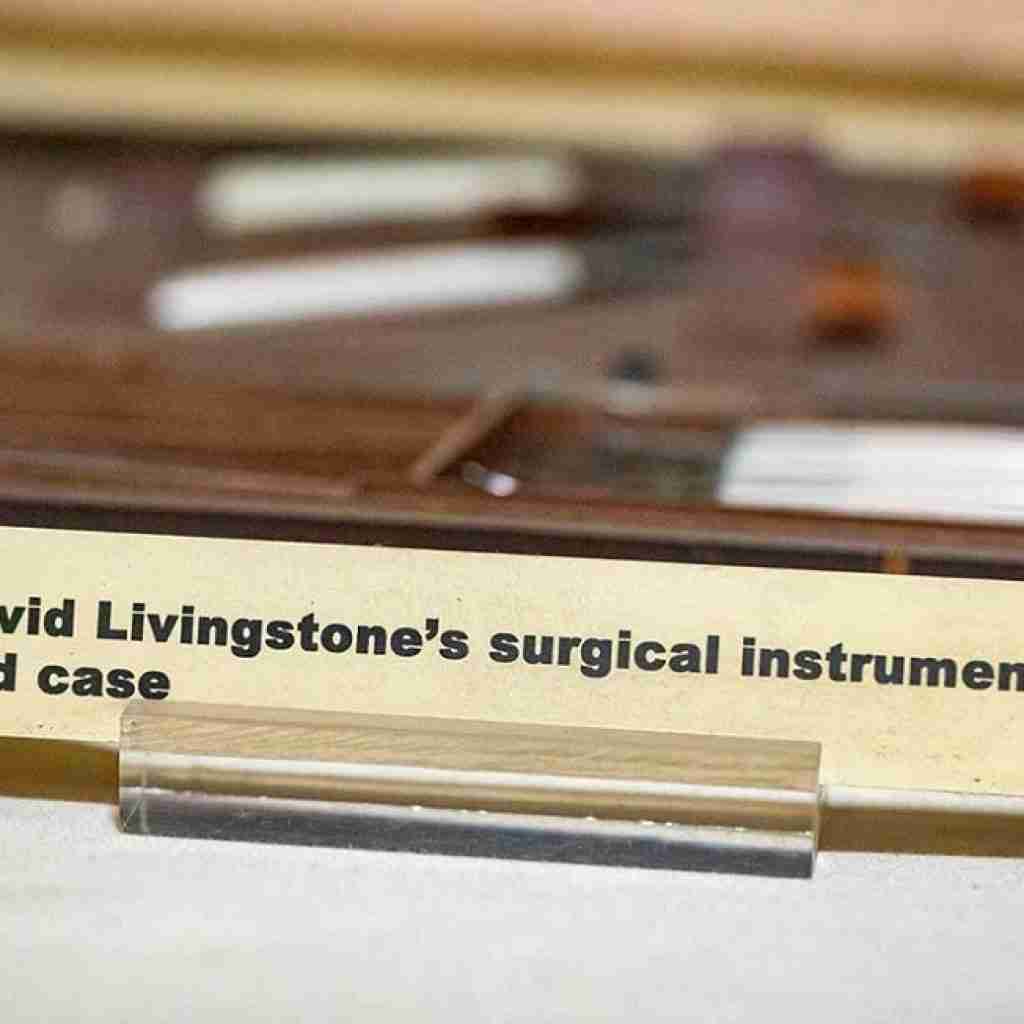 The importance of the museum in Zambia and in the world
The importance of the museum in Zambia and in the world
The role played by the Livingstone Museum is that of promoting the cultural, historical and natural heritage, not only to make Zambia known to the world but also to make the locals aware of the potential of their land. The museum has a very well done, modern and easy-to-consult website, very useful for those who want to get in touch with this precious cultural aspect of Zambia.
Through the education of the youngest and the involvement of adults and the elderly, they promise to make these collections a national pride, so as to be able to offer tourists something different from the usual “Africa of Safaris”. Culture is freedom, and the museum is where this freedom takes its first and main shape.
INFORMATION FOR YOUR VISIT
Email: info@livingstonemuseum.org
Phone: +260-(0)213-324429
OPENING HOURS:
Open every day: 09:00 – 16:30
Closed on 25 December and 1 January
Wheelchair friendly
ENTRY FEES:
Residents: Adults K10, Children K5
Non-residents: Adults US$5, Children US$3
PHOTO CREDITS LIVINGSTONE MUSEUM
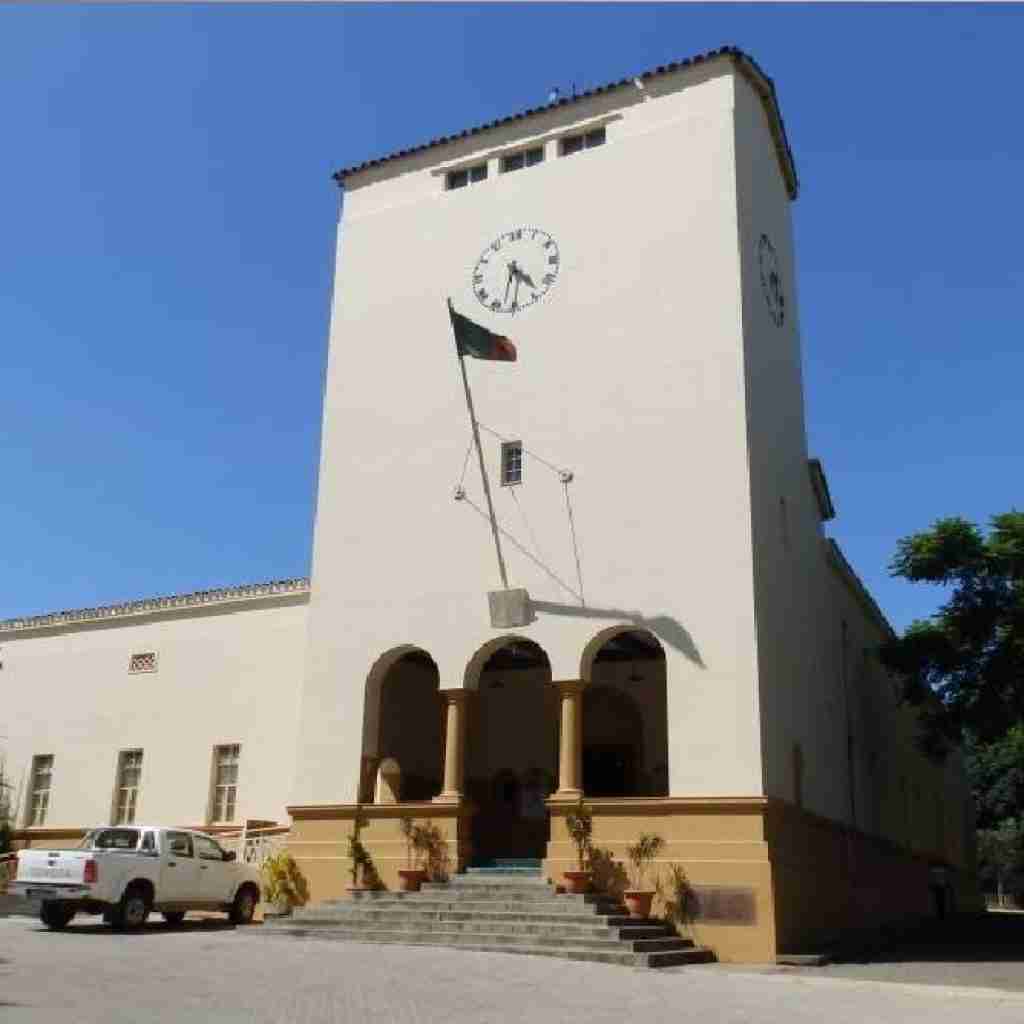
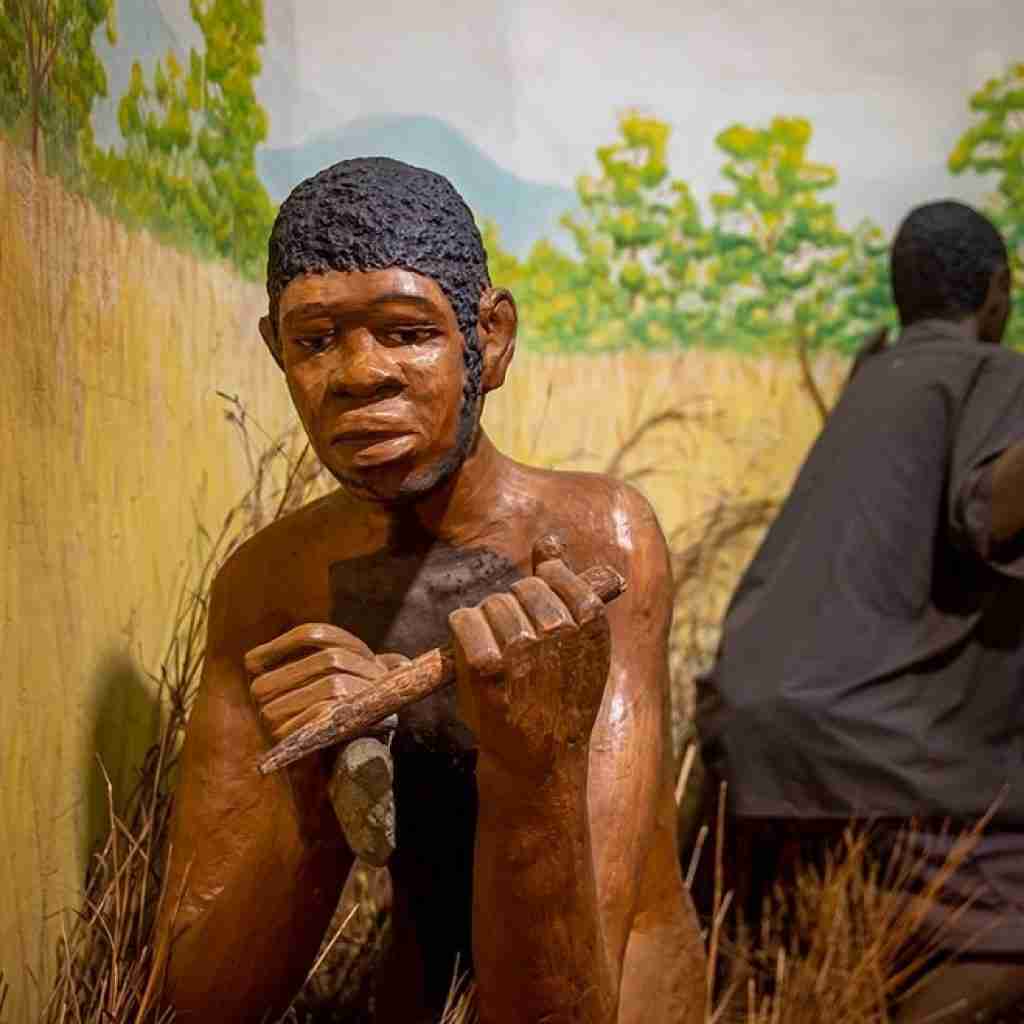

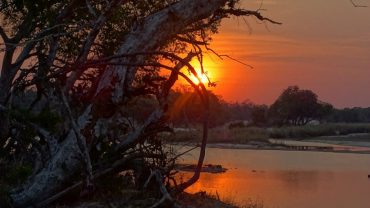

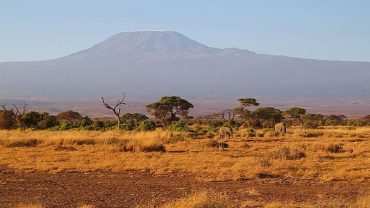
Comment (0)